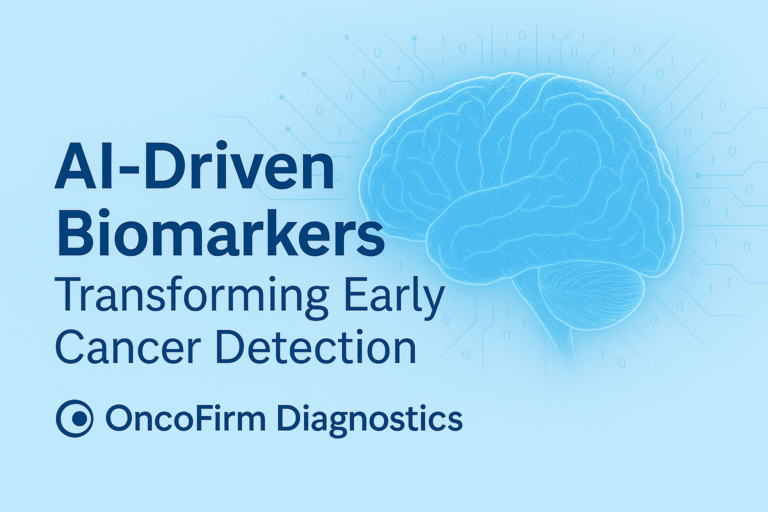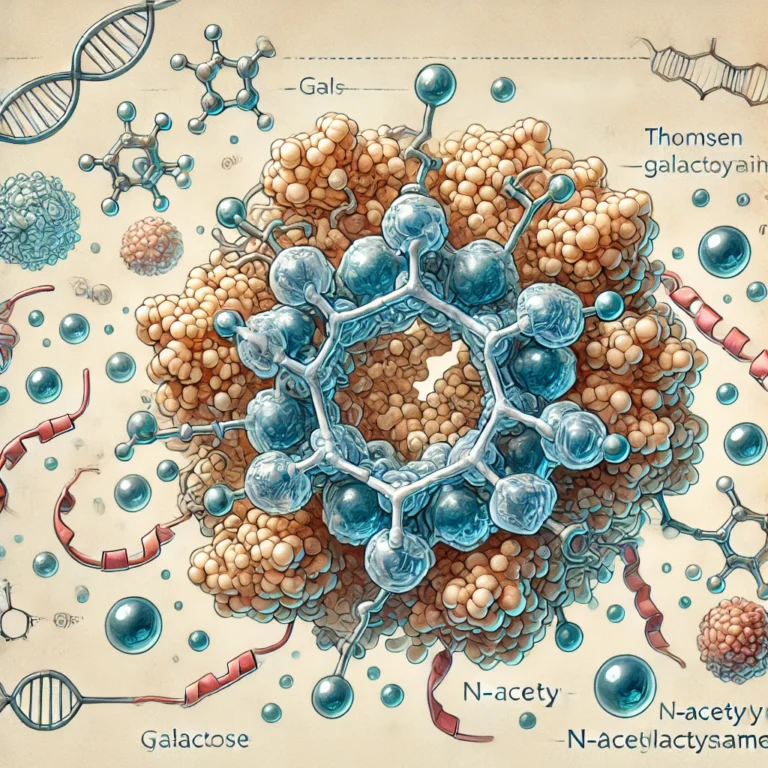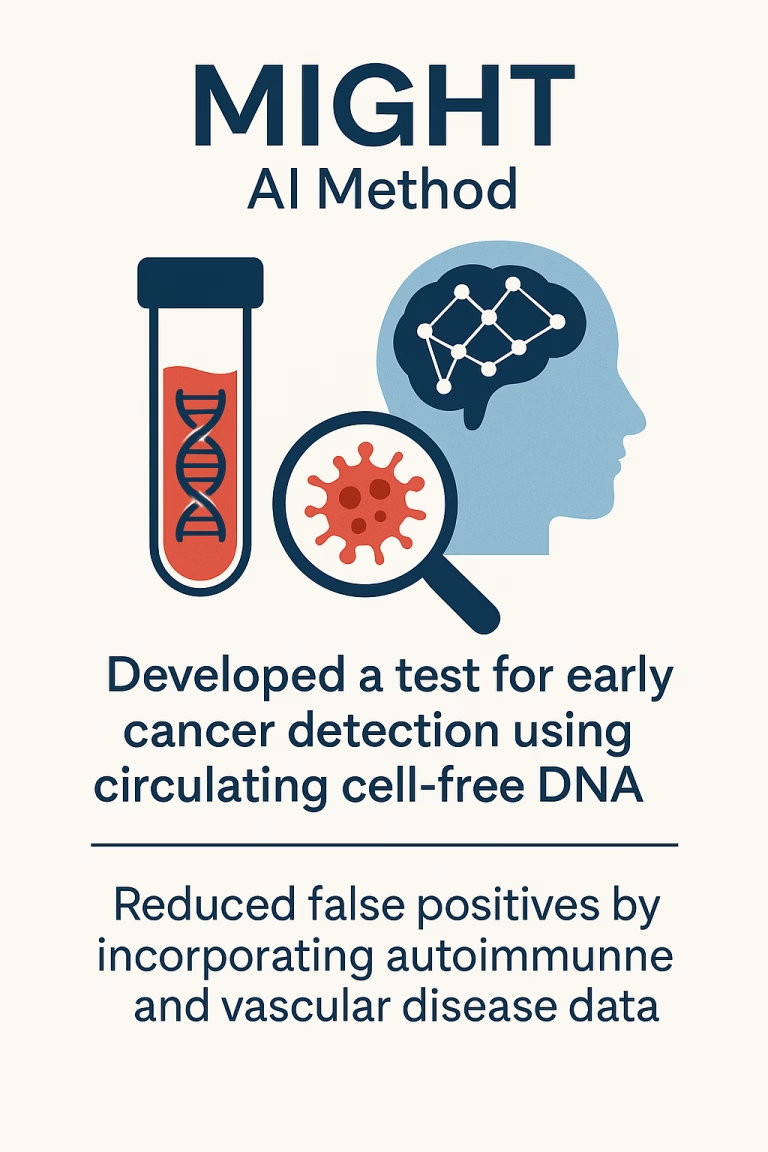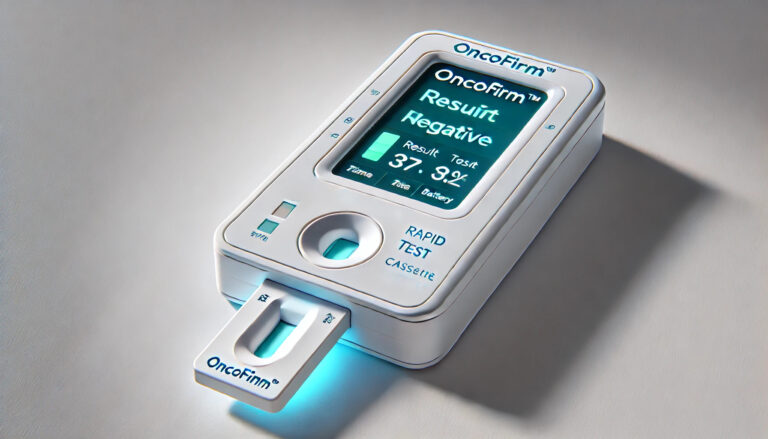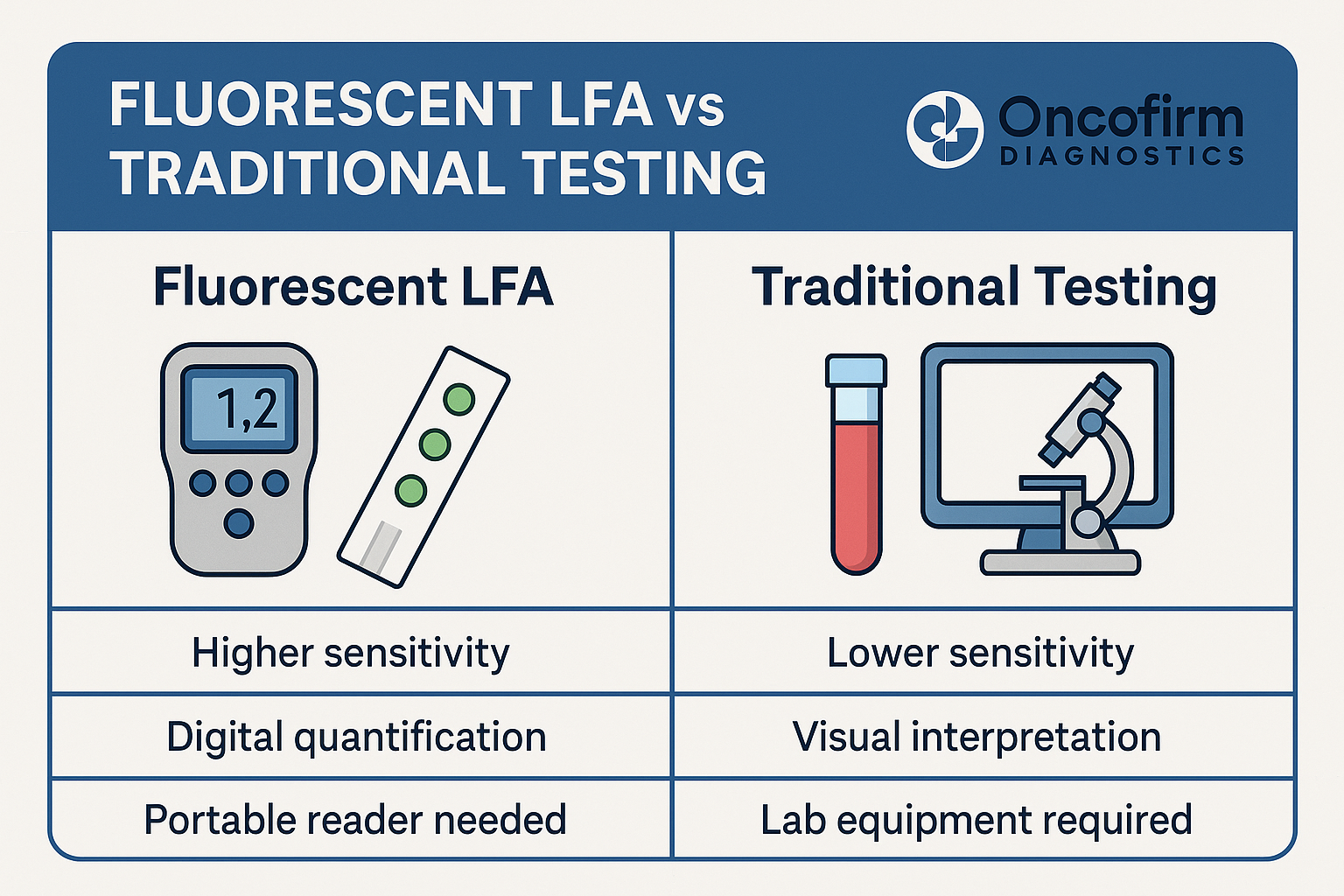AI-Driven Biomarkers: Transforming Cancer Detection Through Multimodal Intelligence will be a cornerstone of next-generation precision oncology.
AI-Driven Biomarkers: Transforming Cancer Detection Through Multimodal Intelligence
Introduction
The integration of artificial intelligence (AI) into healthcare has revolutionized biomedical research, diagnostics, and patient care. One of the most promising applications lies in the development of AI-driven biomarkers—computationally identified features from diverse biological data types that can be used to detect, diagnose, or predict disease. In oncology, the use of multimodal data (e.g., genomics, imaging, pathology, electronic health records) analyzed by AI algorithms is leading to the creation of powerful early detection tools, capable of identifying cancers before clinical symptoms appear.
What Are AI-Driven Biomarkers?
AI-driven biomarkers are biological signatures discovered or validated using machine learning (ML), deep learning (DL), or other AI models. These biomarkers:
- Utilize patterns in high-dimensional datasets that are beyond the resolution of traditional statistical methods.
- Are derived from multimodal sources including genomics, transcriptomics, radiomics, pathology images, metabolomics, and clinical data.
- Can be static (like a genetic mutation) or dynamic (such as evolving imaging features over time).
Key Modalities in Multimodal AI Biomarker Discovery
1. Genomic and Transcriptomic Data
AI can analyze vast next-generation sequencing datasets to:
- Identify mutational signatures predictive of early-stage cancer.
- Detect mRNA expression profiles that differentiate benign from malignant lesions.
Example: AI models trained on RNA-seq and DNA methylation data have accurately classified tumor subtypes and predicted progression from pre-cancerous states.
2. Medical Imaging (Radiomics)
AI algorithms can extract quantitative imaging features invisible to the human eye:
- Subtle changes in tissue texture, shape, and intensity from CT, MRI, PET, and mammograms.
- Time-series analysis enables prediction of tumor evolution and metastasis.
Example: Deep learning applied to low-dose CT scans has shown high accuracy in detecting early lung cancer nodules.
3. Histopathology
AI tools such as convolutional neural networks (CNNs) have transformed digital pathology:
- Automatically identify cellular architecture patterns associated with cancer grades.
- Predict molecular alterations (e.g., MSI, HER2 status) directly from H&E slides.
Example: AI can classify prostate biopsies with greater precision than general pathologists in certain settings.
4. Blood-Based Biomarkers (Liquid Biopsy)
AI is being used to interpret data from:
- Circulating tumor DNA (ctDNA)
- Exosomes and microRNA
- Proteomics/metabolomics panels
These blood-based, non-invasive tests can be combined with AI to detect cancers at early or even pre-malignant stages.
5. Clinical and EHR Data
Natural Language Processing (NLP) and AI systems can analyze electronic health records (EHRs) to:
- Detect symptom patterns and comorbidity clusters.
- Predict cancer risk based on lifestyle, family history, and past lab values.
Advantages of AI-Driven Multimodal Biomarkers
- Early Detection: Increased sensitivity and specificity at pre-symptomatic or subclinical stages.
- Personalization: Enables risk stratification and individualized surveillance.
- Integration Power: Synthesizes disparate data into unified predictions.
- Scalability: Applicable across healthcare systems and populations with large-scale data infrastructure.
Challenges and Limitations
- Data Quality and Bias
- Incomplete or unbalanced training data may lead to algorithmic bias.
- Standardization of data formats across modalities is still lacking.
- Interpretability
- Black-box nature of deep learning models may reduce trust among clinicians.
- Efforts are ongoing in explainable AI (XAI) to address this.
- Regulatory and Ethical Concerns
- Validation and FDA approval pathways for AI biomarkers are still evolving.
- Issues around data privacy, informed consent, and equity remain major concerns.
- Clinical Integration
- Seamless deployment into clinical workflows and EHR systems remains a hurdle.
- Requires cross-disciplinary collaboration between oncologists, data scientists, and informaticians.
Real-World Applications and Trials
- GRAIL’s Galleri test uses AI to analyze methylation patterns in blood to detect over 50 types of cancer.
- PathAI develops AI for digital pathology interpretation, including tumor microenvironment analysis.
- Tempus and Foundation Medicine are integrating AI into precision oncology platforms for biomarker discovery.
Future Directions
- Federated Learning: Privacy-preserving AI models trained across decentralized data from multiple institutions.
- Longitudinal Biomarkers: Tracking patient data over time to model cancer initiation and recurrence.
- Multi-omics Fusion: Integration of genomics, proteomics, metabolomics, and microbiome data for a holistic biomarker landscape.
- Predictive Preventive Models: Moving toward not only detecting but predicting who will get cancer.
Conclusion
AI-driven biomarkers are redefining the landscape of early cancer detection. By unlocking insights from multimodal datasets, AI offers an unprecedented opportunity to identify cancers before they manifest clinically. While challenges remain, particularly around data quality, regulatory validation, and clinical integration, the trajectory is clear: AI-powered biomarker discovery will be a cornerstone of next-generation precision oncology.

